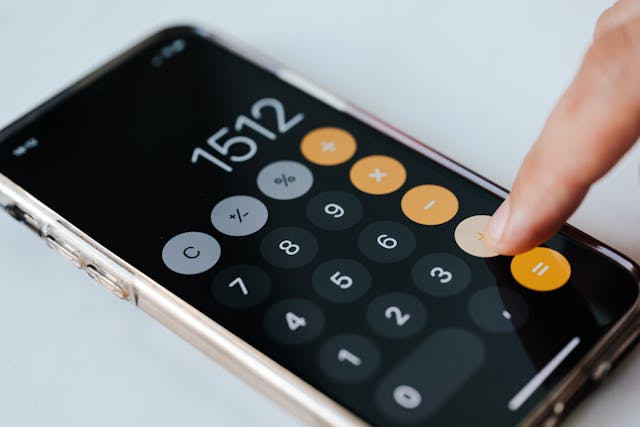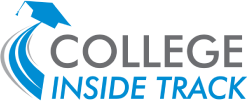Guidelines for student loan repayment

By Cozy Wittman,
As the price of college continues to climb, for many, loans will need to be part of the larger strategy to pay for school. How to pay those back should be an important part of the discussion when the student takes out the loans.
Guidelines for debt payback can help a family determine what healthy debt might look like and at what point the student might be wandering into the danger zone. Here are some guidelines families can use to determine what is comfortable for them:
Payback estimates
There are two good estimations families can use to determine what healthy debt might look like and when debt might become too challenging for the student to pay it back.
The rules include:
- Do not take out more debt than a first year salary in the students given field. If the student plans to be a teacher and starting salaries in the area for a first year teacher are $36K, then the student wouldn’t want to take out more than $36K in debt over the four years they are in school.
- For every $10K in student debt the student takes out, the payback is roughly $100/month for 10 years. If the student took out $40K in debt, they would be paying $400/month for 10 years. It’s rough math, but easy to use.
There are a variety of payback calculators you can also use.
Options for payback
As your student approaches the end of their senior year in college, the loan processors who own the loans your student took out will reach out with guidance on payback options. For the Federal Direct Student Loan (the loan available via the FAFSA), your student will need to watch a short video on the importance of paying back the debt and then will be given options to choose from for their payback. Understanding your student’s best options is important so that you choose something that matches their ability to pay the debt back.
The default plan is a 10 year repayment and the above formula will help you understand what that might look like. If your student has taken out large amounts of debt however, it may not be your best option. There are several income driven repayment plans to choose from as well. It is best to get advice from a payback specialist to help determine the student’s best payback path.
The timeline chosen also influences whether the student’s debt will qualify for public service loan forgiveness. Only students in an income driven repayment plan can apply for PSLF.
Public Service Loan Forgiveness (PSLF)
PSLF is an option for students who will pursue careers in the following areas:
- Government based jobs – teachers, city/state/federal/tribal workers
- Military Service Members
- Non-profit organizations – healthcare, social services and many others
- AmeriCorp/Peace Corps volunteers
There are very specific rules the student must follow to qualify for PSLF:
- They must be working at least 30 hours/wk for a qualifying employer
- You must certify your employment each year
- You must make 120 payments (does not need to be consecutive) while working for qualified employers
- You must be part of an income driven repayment plan
Most recently, the Biden administration had tried to enact a new repayment program called SAVE. This new program was challenged in court, and with the change of administration is likely to not be an option for students in the foreseeable future.
